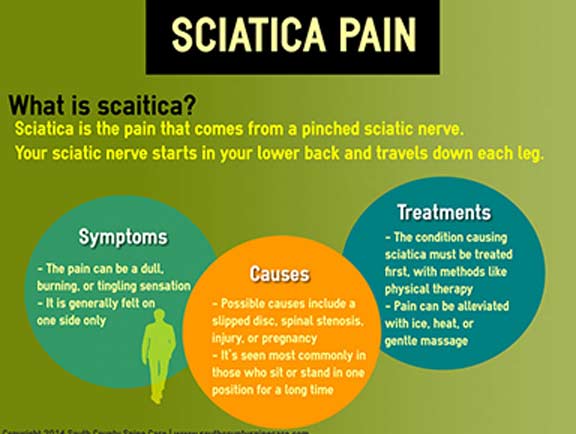The Top Daily Behavior That Add To Pain In The Back And How To Stay Clear Of Them
The Top Daily Behavior That Add To Pain In The Back And How To Stay Clear Of Them
Blog Article
Write-Up Writer-Hermansen Vogel
Keeping correct pose and avoiding usual pitfalls in day-to-day tasks can significantly impact your back wellness. From just how you rest at your desk to how you lift hefty things, tiny adjustments can make a big difference. Imagine lower back without the nagging neck and back pain that hinders your every action; the solution could be simpler than you believe. By making a few tweaks to your daily routines, you could be on your means to a pain-free presence.
Poor Stance and Sedentary Way Of Life
Poor posture and a less active way of living are two major factors to neck and back pain. When you slouch or hunch over while resting or standing, you placed unneeded stress on your back muscular tissues and back. This can cause muscular tissue discrepancies, stress, and ultimately, chronic pain in the back. In addition, sitting for long periods without breaks or physical activity can weaken your back muscle mass and lead to tightness and pain.
To fight inadequate pose, make a conscious effort to sit and stand directly with your shoulders back and aligned with your ears. Keep in mind to keep your feet flat on the ground and stay clear of crossing your legs for extensive periods.
Including routine stretching and strengthening workouts into your day-to-day regimen can additionally help improve your position and alleviate neck and back pain related to a sedentary way of living.
Incorrect Training Techniques
Incorrect lifting techniques can significantly contribute to neck and back pain and injuries. When you lift hefty objects, keep in mind to flex your knees and use your legs to lift, as opposed to relying upon your back muscle mass. Prevent twisting your body while lifting and keep the things close to your body to lower stress on your back. It's crucial to preserve a straight back and stay clear of rounding your shoulders while raising to avoid unnecessary stress on your spinal column.
Always analyze the weight of the object prior to lifting it. If it's also heavy, request for assistance or use devices like a dolly or cart to deliver it securely.
Keep in mind to take breaks throughout raising jobs to provide your back muscular tissues a chance to relax and stop overexertion. By implementing appropriate training methods, you can stop neck and back pain and minimize the risk of injuries, guaranteeing your back remains healthy and balanced and solid for the long term.
Lack of Routine Exercise and Stretching
A sedentary way of life lacking normal workout and stretching can significantly add to back pain and pain. When sore back do not engage in exercise, your muscles become weak and stringent, bring about inadequate pose and increased strain on your back. Normal exercise aids strengthen the muscles that sustain your spine, enhancing stability and lowering the threat of back pain. Integrating extending into back strain symptoms can additionally boost versatility, stopping tightness and pain in your back muscular tissues.
To prevent neck and back pain caused by an absence of exercise and stretching, go for a minimum of 30 minutes of moderate exercise most days of the week. Include workouts that target your core muscular tissues, as a strong core can assist relieve stress on your back.
In addition, take breaks to extend and relocate throughout the day, specifically if you have a workdesk task. Straightforward stretches like touching your toes or doing shoulder rolls can help ease tension and stop back pain. Prioritizing regular workout and stretching can go a long way in maintaining a healthy back and decreasing discomfort.
Verdict
So, keep in mind to stay up straight, lift with your legs, and remain active to prevent neck and back pain. By making basic adjustments to your everyday habits, you can prevent the discomfort and constraints that include neck and back pain. Care for your back and muscles by practicing great pose, proper lifting strategies, and regular exercise. Your back will thank you for it!
